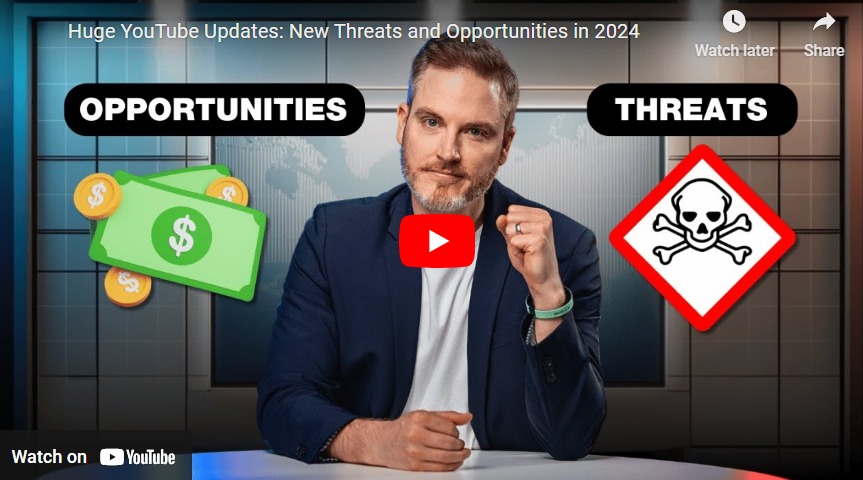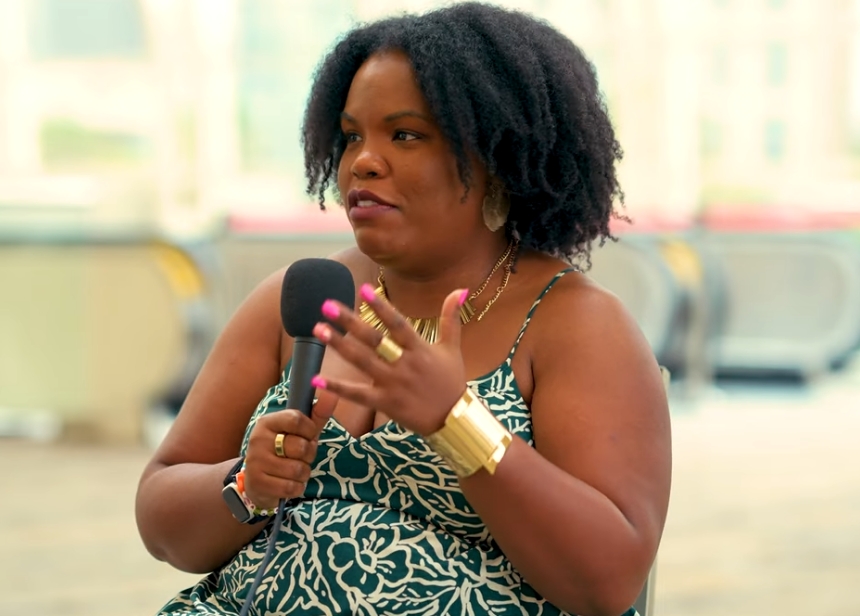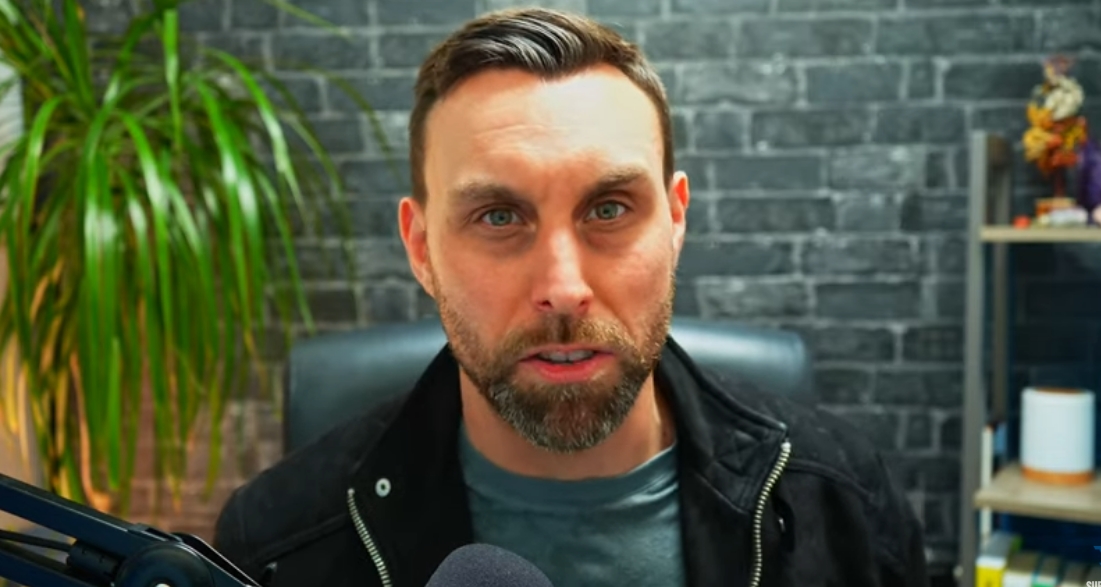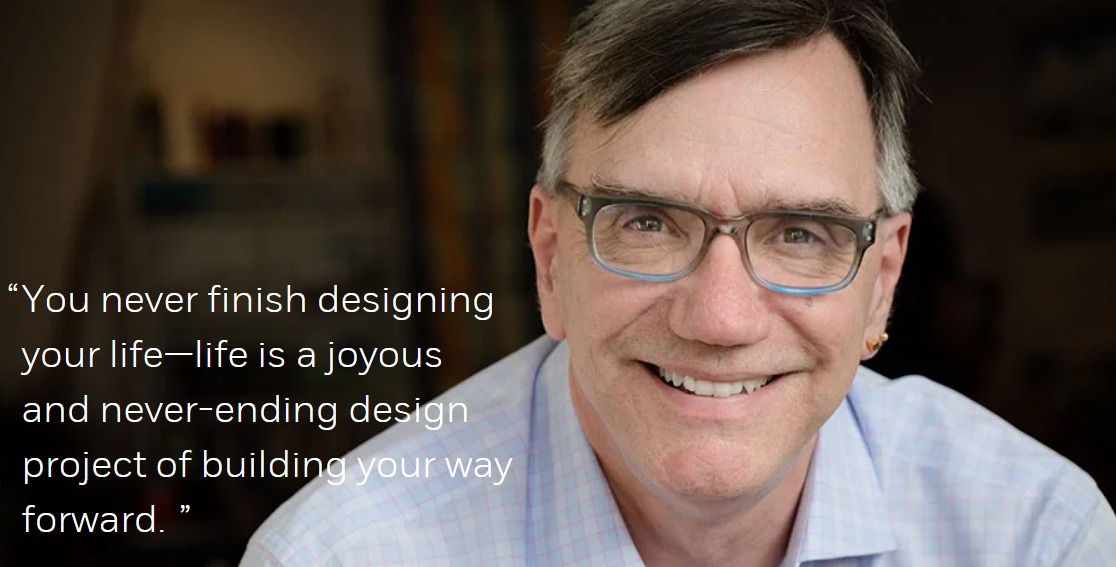YouTube is the Most Consequential Technology in America
According to a recent Washington Post article, YouTube is the “most consequential technology in America.” It is the most popular social app, the most popular music service, and has the healthiest economy on the internet. As a creator economy, YouTube provides the best opportunities for monetization compared to other platforms.
YouTube Premium Features New AI Capabilities
YouTube is testing new AI-powered features for its premium subscribers. One feature is called “Jump Ahead,” which uses AI and watch data to help viewers quickly find the next best point in a video that other viewers typically skip to. Another feature is the “AI-powered Ask” button, which allows viewers to type questions about the video they’re watching and receive real-time answers.
The Rise of AI in Content Creation
The integration of AI into YouTube’s features raises concerns about how this technology could disrupt the creator economy. Tools like Google’s AI summary feature, which can provide concise overviews of web content, could potentially reduce the need for viewers to watch full videos. This highlights the importance for creators to stay ahead of the curve and adapt to new technological advancements.
TikTok Expands to 60-Minute Video Uploads
TikTok is experimenting with allowing users to upload videos up to 60 minutes in length, moving away from its signature short-form content. This shift raises questions about whether TikTok is trying to compete more directly with YouTube’s longer-form video format. Some creators have expressed concerns that this change could leave out creators who prefer the short-form style that initially drew people to the platform.
YouTube Music’s Push into Podcasting
YouTube is making a concerted effort to position YouTube Music as the “ultimate destination for podcasters and fans.” The platform is leaning into its existing recommendation systems and discovery features to help podcasters reach new audiences. This could present opportunities for video podcasters to leverage YouTube’s platform and audience.
YouTube’s Affiliate Marketing Program
YouTube has been working to expand its in-house shopping tools and affiliate marketing program for creators. While the program has struggled to gain meaningful adoption compared to established programs like Amazon’s, YouTube is offering competitive commission rates and trying to differentiate its offering. Creators should explore the integration of YouTube’s affiliate features into their content strategies.
The Booming Creator Economy
According to projections, the global creator economy is expected to approach $525 billion by 2030, with North America currently holding a 40% market share. This growth highlights the significant opportunities available for creators who can effectively leverage the various platforms and monetization options.
YouTube Brandcast 2024 Announcements
YouTube’s recent Brandcast event revealed several key updates, including plans to expand YouTube’s presence in sports content, the potential for creators to be recognized at prestigious award shows like the Emmys, and the continued integration of AI-powered features and tools.
Navigating the Changing Landscape
As the YouTube and creator economy landscape continues to evolve, it’s crucial for creators to stay informed, adapt to new technologies and trends, and strategically position themselves to capitalize on the opportunities while mitigating the threats. By approaching the changes with an abundance mindset and a commitment to continuous improvement, creators can thrive in the years ahead.











